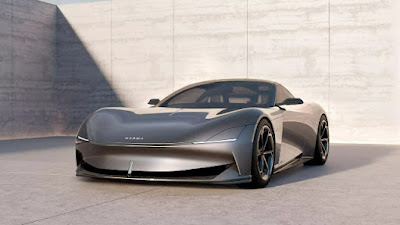
Alien Faced Motorcycle - In the realm of motorcycles, there's a name that might not ring a bell for many bikers, yet it holds the promise of being the epitome of a dream bike. Enter Vyrus, an Italian motorcycle manufacturer that has unveiled a marvel on two wheels, a machine so sophisticated that it seems to have emerged from another dimension.The Vyrus 988...






